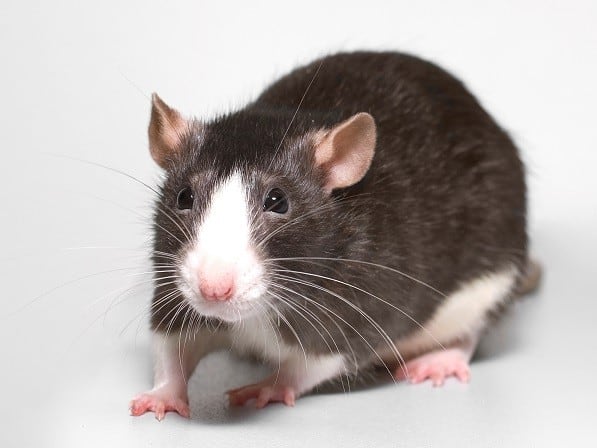
 Are rats to blame for antibiotic resistance?
Are rats to blame for antibiotic resistance?
A new study from the University of British Columbia exposes the disease-carrying traits of rats and the research group behind the study wants to raise the alarm on both the potentially catastrophic dangers associated with rats and the glaring knowledge gap that exists in Canada when it comes to rat populations.
The study shows how rats can carry harmful bacteria such as E. coli and salmonella that are local to their habitat. Lead author Dr. Chelsea Himsworth of UBC’s School of Population and Public Health says that rats act as a “pathogen sponge” by picking up disease and bacteria from their environment. “Rat infestations ought to be taken seriously,” says Himsworth, “they need to be tackled with an educated, informed approach in collaboration with scientists, pest control professionals and municipal programs.”
Researchers analyzed the feces of rats from an Abbotsford, BC, poultry farm and found that the rats all carried an avian pathogenic form of E. coli which is harmful both to chickens and humans. More than one quarter of the rats also carried multi-drug resistant strains of E. coli.
The study builds on earlier work by the same research team which isolated pathogens carried by rats collected from Vancouver’s downtown eastside neighbourhood. That study broke new ground by finding C. difficile and MRSA (methicillin-resistant Staphylococcus aureus) in rat feces, two pathogens previously not identified in rats.
Importantly, the poultry farm rats were found to carry strains of E. coli significantly different from those carried by the downtown rats, suggesting that rats act as a carrier of disease local to their environment.
The team behind this research calls itself the Vancouver Rat Project and is made up of scientists, researchers and concerned citizens who are working together to figure out just how dangerous rats can be. The group claims that despite the fact that rats are known health threats to human populations, we actually know very little about our rat populations or about the role they play in the transmission of disease. The Vancouver Rat Project states that “nowhere is this knowledge gap more obvious than in Canada, where there has never been a comprehensive study of rats.”
The group reports that globally between 2009 and 2013 there were 13 outbreaks of rat-associated plague. Rats played a starring role in the plagues of the 14th century, as well, when the Black Death swept across Europe killing between 30% and 60% of the population.
However, the new rat-related threat is likely to be connected to antibiotic resistance, says Dr. Himsworth. With their ability to carry different bacterial strains in their guts, rats may be supporting the intermingling of bacteria and thereby helping in the exchange of DNA that leads to the creation of drug-resistant bacterial strains. “Rats could help facilitate this gene transfer,” says Dr. Himsworth.
Drug resistant disease is now a serious concern, with the overuse of antibiotics for human health and agricultural products contributing to the growth of bacteria completely resistant to treatment. This has led some scientists to warn of a “post-antibiotic era” on the horizon.
The study, “Avian pathogenic and antibiotic resistant E. coli in wild rats,” will appear this April in the Journal of Wildlife Diseases.
Leave a Reply
You must be logged in to post a comment.



 Share
Share Tweet
Tweet Share
Share




Comment